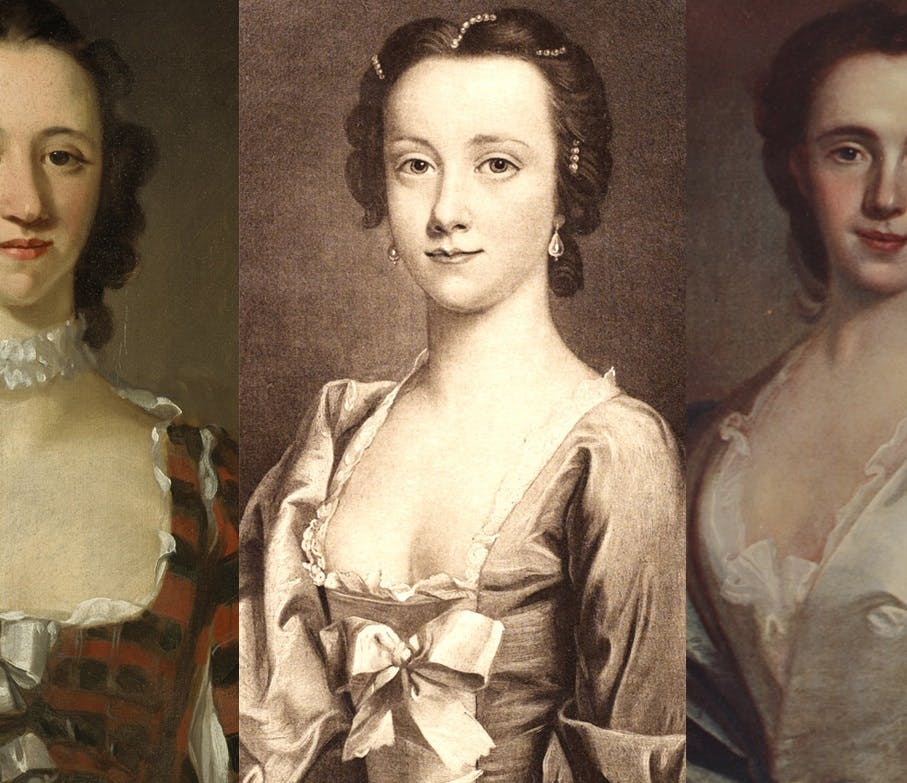Here's how genealogy can help you to find long lost family
4-5 minute read
By Ellie Ayton | July 24, 2023
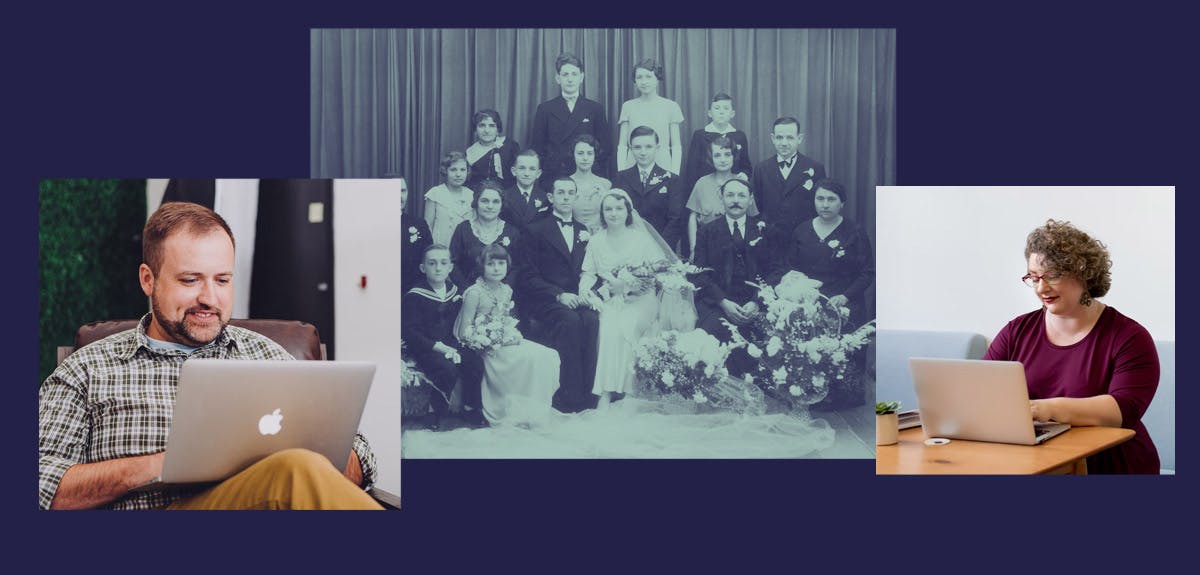
Somewhere, perhaps halfway across the world or even just down the street, could be a distant cousin or a biological sibling you didn’t know you had. Your family tree contains the key to unlocking your long lost relations.
You might know your close family, your aunts, uncles, and cousins. They might be on the family tree you’ve already made a good start on. But what about your grandmother’s cousin, for example... do you know what happened to him?
Or perhaps you never knew your birth family. Maybe you have a half-brother you’ve never met. If you’ve ever thought about how to find lost relatives, let us help you, just how Davina McCall and Nicky Campbell reunite family members in ITV’s Long Lost Family.
You don't necessarily need to turn to a family tracing service in order to track down new relatives, or even those you lost contact with. Although genealogy can prove tricky at times, starting to build your family tree is an easy way to get the ball rolling.
Looking at your family history research forwards, instead of backwards, can be fascinating, rewarding and often life-changing. One ancestor in your distant past may have descendants from all over the world. Though your long lost family members might not share your last name, you may just be surprised by the things that you do share.
Tracing a family forward uses the same tricks as you would with normal family history. Here’s what you’ll need to get started with your search.
Take a DNA test
With a DNA test, you’ll not only discover your genetic roots, but you’ll also be able to connect with living relatives who share segments of your DNA. Before you know it, you’ll be discussing who inherited great aunt Bessie’s curly hair or planning a family reunion after comparing DNA results.
Private Messaging and tree-to-tree hints
If you’ve started building your family tree on Findmypast, you’ll notice the orange bubbles which appear from time to time. These are hints: we think we’ve found details in our family history records that match the information you’ve entered. But we don’t just find new details in historical records.
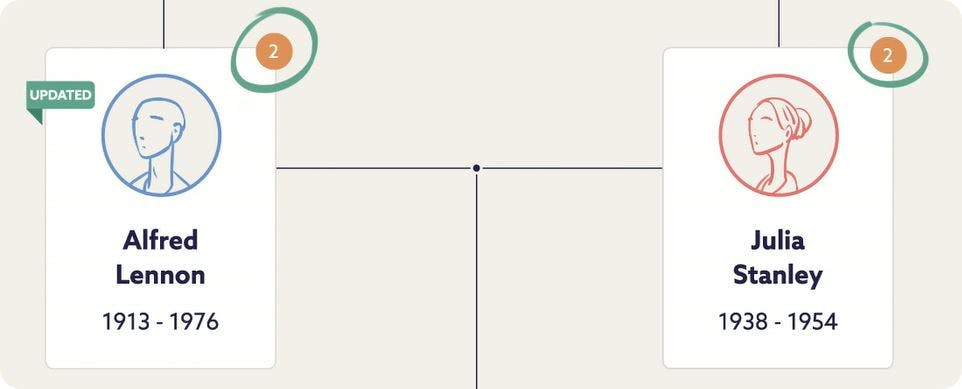
We also match against other Findmypast family trees. So, if there’s a branch that is similar to someone else’s, we’ll let you know with a tree-to-tree hint.
Better yet, everyone with a Starter, Plus, or Pro subscription can message the tree owner with Private Messaging. Not only will you have someone to compare genealogy notes with, but chances are, you’ll also find a living relative. And you’ll already have something in common: a love of the past.
Get hunting in the records
One of the most basic methods of genealogy is to use civil birth and marriage records together to move further back. Well, you can use that same method for finding long lost family, too.
Find a relation on your family tree and if you’ve not looked yet, step into the marriage records to see who they married. Then, armed with those details, search for children born with the surname of the father, and the maiden name of the mother, with a broad year range just after the marriage.
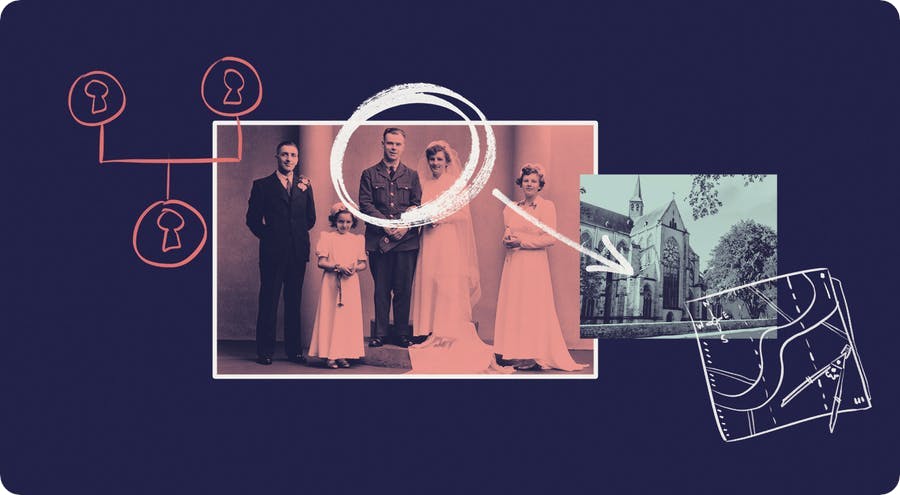
Our MarriageFinder™ tool gives the spouse’s full name, to save you trawling through the marriage index to find it. Keep repeating these steps until you reach the end of the online indexes in 2005, and remember that further indexes can be explored at your local record office.
Check electoral registers
In the UK, each time someone over the age of 18 registers to vote, their name and address are entered into the electoral register.
Though someone can choose to withhold their details from the public register, this is a great way to trace your living relatives.
If you're tracing a family member who you suspect lives in the same region as you, it'sa good idea to dive into relevant local records. From Kent and Essex to Cumbria and Yorkshire, our dedicated regional pages may just be able to help you make the breakthrough you've been working towards.
Exploring historical newspapers
Another great source is our newspaper collection, especially if you come across a family announcement such as a wedding or a funeral. In these, you can often see whole families listed by name, helping you paint a better picture of the line you’re tracing.
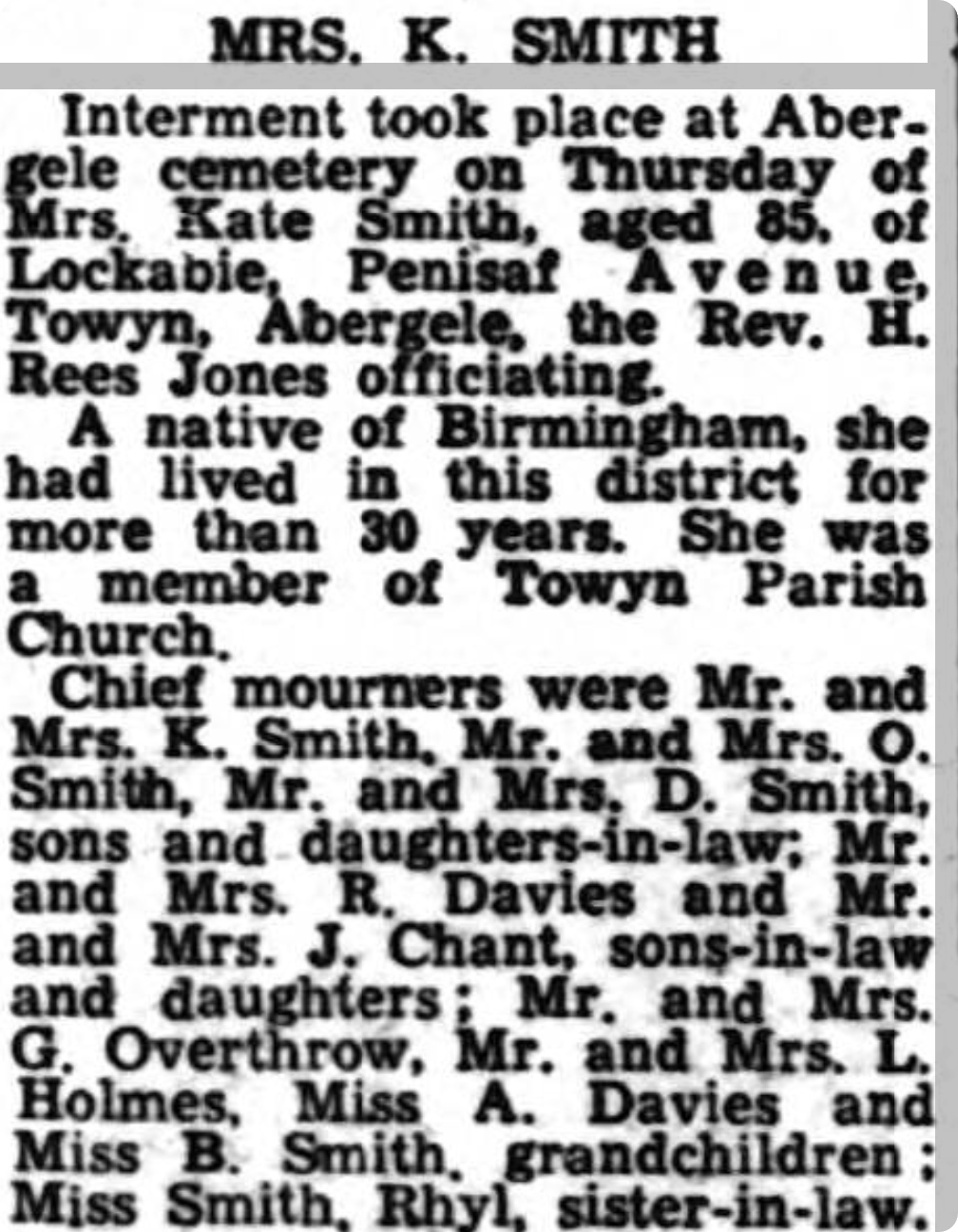
Report of a funeral from the North Wales Weekly News, 31 March 1960.
Ask the community
Nowadays, many of us are on social media. There are numerous groups and societies out there who might know someone who knows someone. And if you’re after advice, our official Facebook group The Findmypast Forum is a wonderful place to look.
All it takes is for one person to help, and it can open a number of doors for your research.
What about adoption?
If you were adopted in the UK, to make contact with your birth relative you’ll need to add yourself to the Adoption Contact Register.
For contact to be made, your relative will need to be on the register too. If you don’t have your birth records, you can get them from the General Register Office.
Remember, there are lots of charities and organisations out there to support you through this emotional time.
Making contact
If you’ve come this far, well done: you’ve identified a possible living relative. The next step is possibly the hardest.
When making the first contact, send a letter or an email rather than telephoning them. Include your name and home address, and ask them to politely acknowledge receipt, even if they’re not in fact a relative, or just not interested. If you can include a stamped addressed envelope for their reply, even better.
If you have a family tree chart or a photograph to send too, this can increase the chance of a response and it's also great for jogging the memory. Keep an open mind when making contact, and be aware not everyone will have the same interest in connecting with old friends or distant relatives.
Using Findmypast to reunite with living relatives
With over 14 billion historical records including 68 million newspaper pages at your fingertips, Findmypast has the resources you need to find family members you've never met before.
Have you made contact with a long lost relative, or perhaps made another exciting discovery about your family's history? We'd love to hear all about it. You can now get in touch and tell us directly, using this handy form.
Related articles recommended for you

The remarkable true story of the man who saved 669 children from the Nazis
History Hub
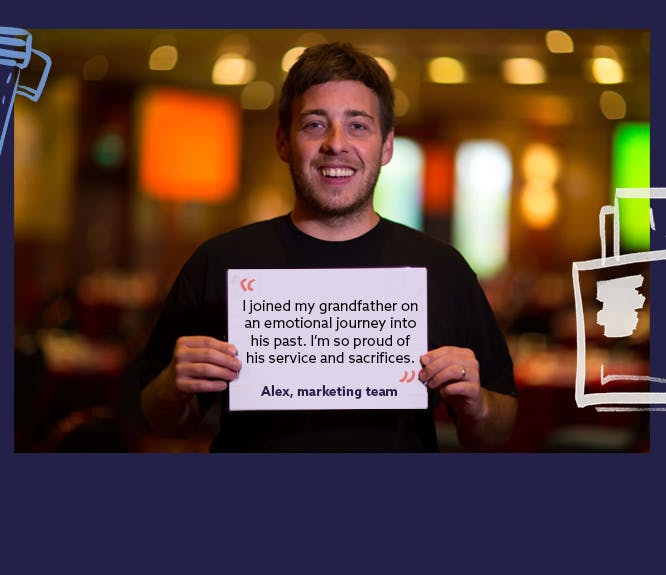
My grandfather's emotional return to the D-Day beaches
The Findmypast Community

How I discovered my Welsh roots
Discoveries
